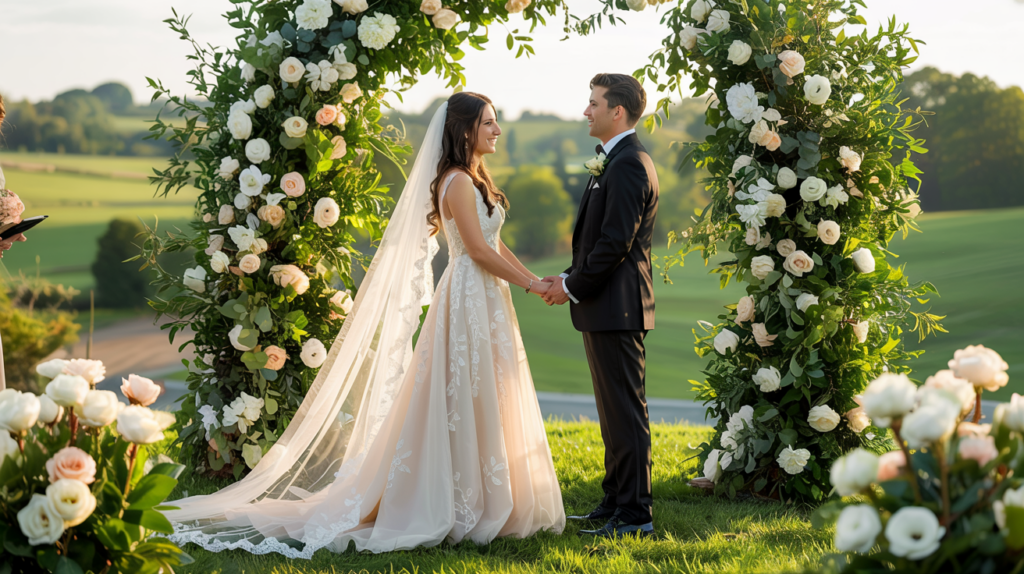
Key points
- Plan your ceremony flow well ahead of time. A good outline starts with the processional, moves to the welcome, includes your vows, and ends with the recessional.
- Choose personal touches that matter to you both. Add readings, music, or cultural elements that tell your story.
- Time your ceremony right for your guests. Most ceremonies last 20-30 minutes – long enough to feel special but short enough to keep everyone engaged.
Contents
Components of a Wedding Ceremony
Most weddings are different but they mostly follow a similar flow. The only difference will be on the specific cultural norms or traditions of each location.
Processional and Entrance
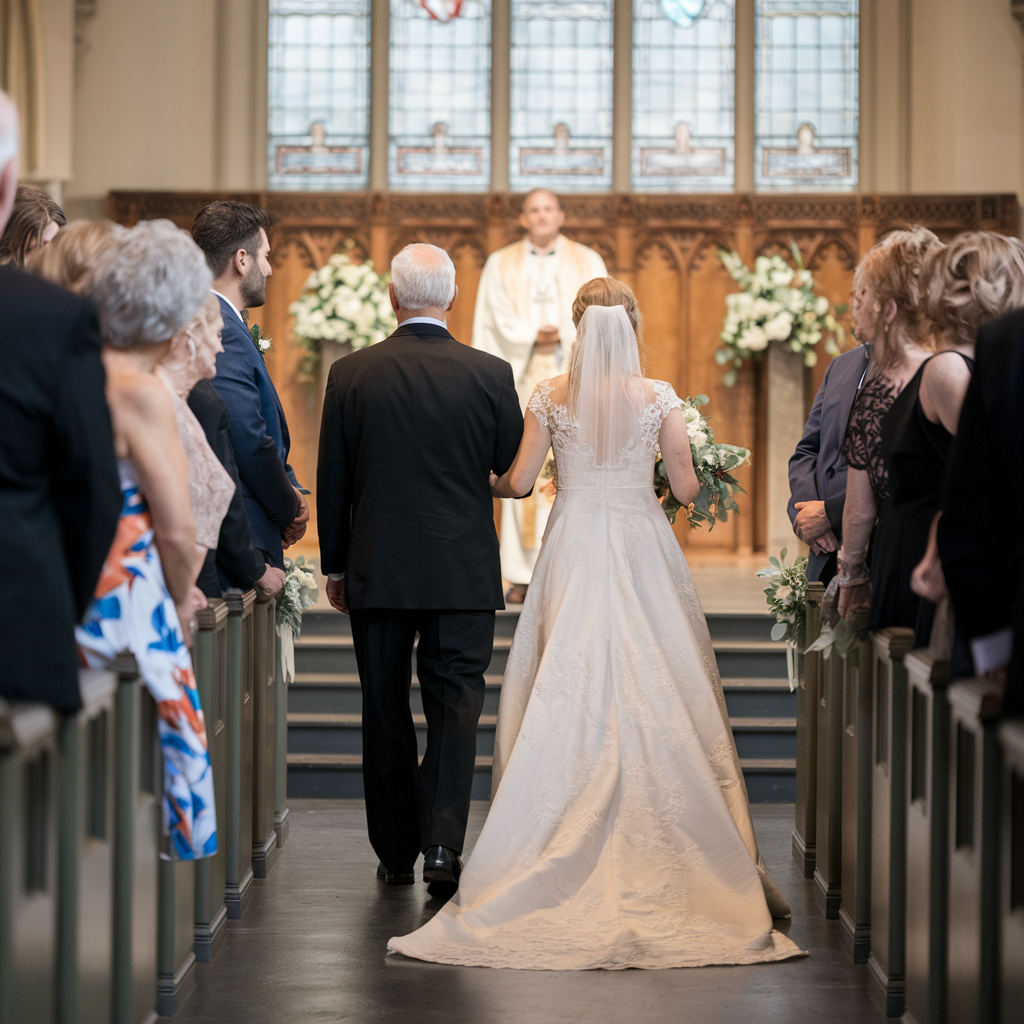
The processional kicks off the whole show. It is when everyone walks in or when the groom and officiant take their spots first.
Next are the bridesmaids and groomsmen who will join hands and walk down the aisle. Then the flower girl and ring bearer follow.
The last one to enter the venue is the bride’s turn who makes the entrance often with her dad or another special person. These days some couples walk in together as they are equal in marriage.
Opening remarks and welcome
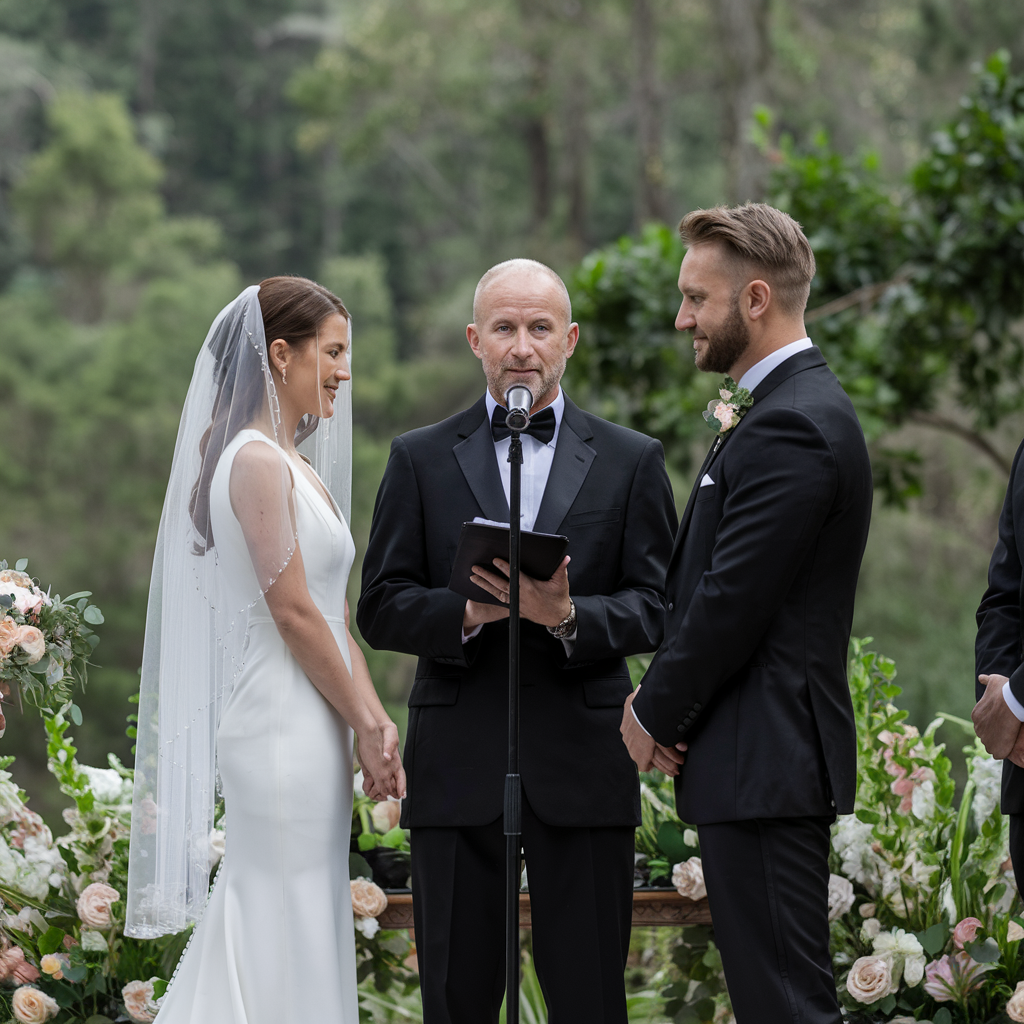
The officiant starts the ceremony after everyone’s in place.
The couple will express gratitude on behalf of the guests and explain why they are all here – this part sets the tone for your whole ceremony.
The officiant can tell how you met or what makes your bond special. They often mention family who couldn’t be there. They keep it cozy but short as the guests can’t wait to get to what they came for.
Readings and blessings
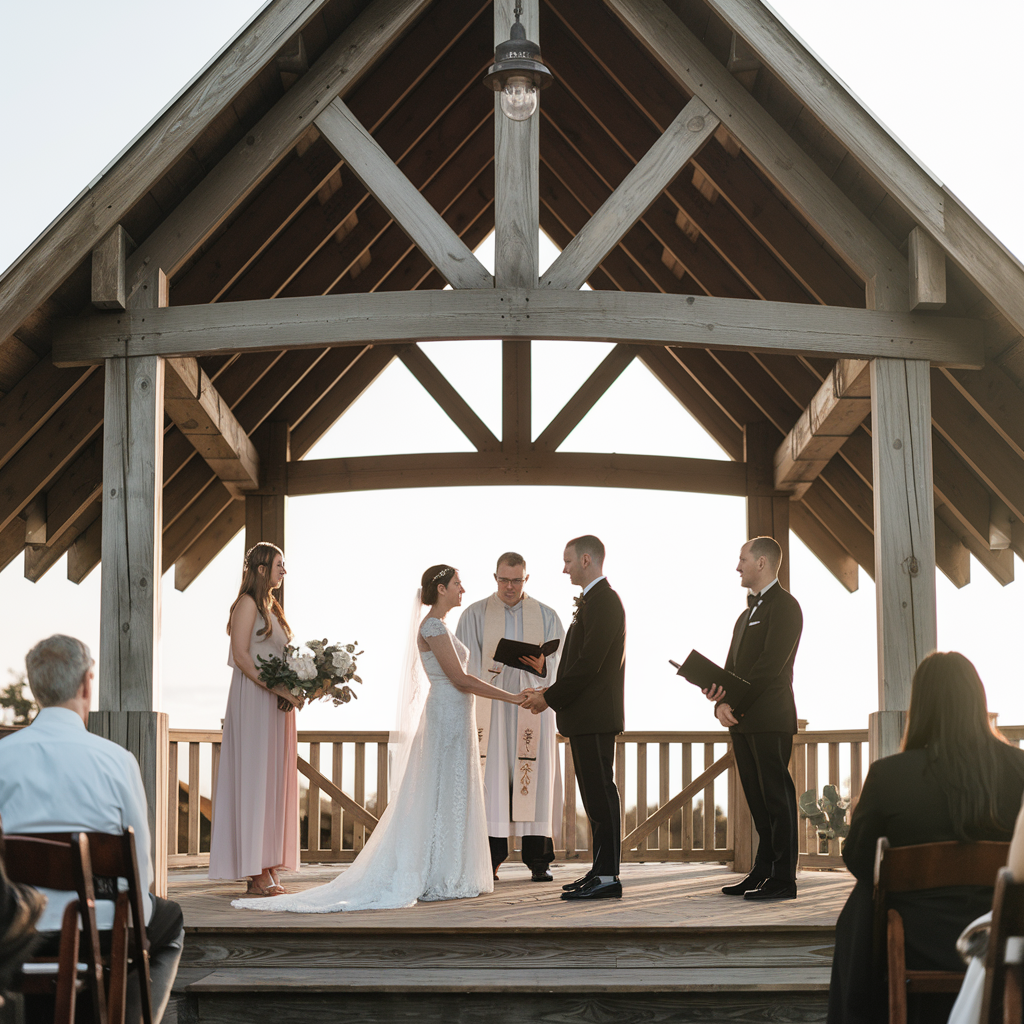
Many couples include readings that speak to them. It may include poetical work, book excerpts, lyrics, or scripture. It’s a lovely way to get more people involved.
Religious ceremonies could also feature a prayer or blessing. Non-religious ones often feature words about love and commitment.
The best readings reflect who the couple is and what they’ve been through.
Exchange of vows
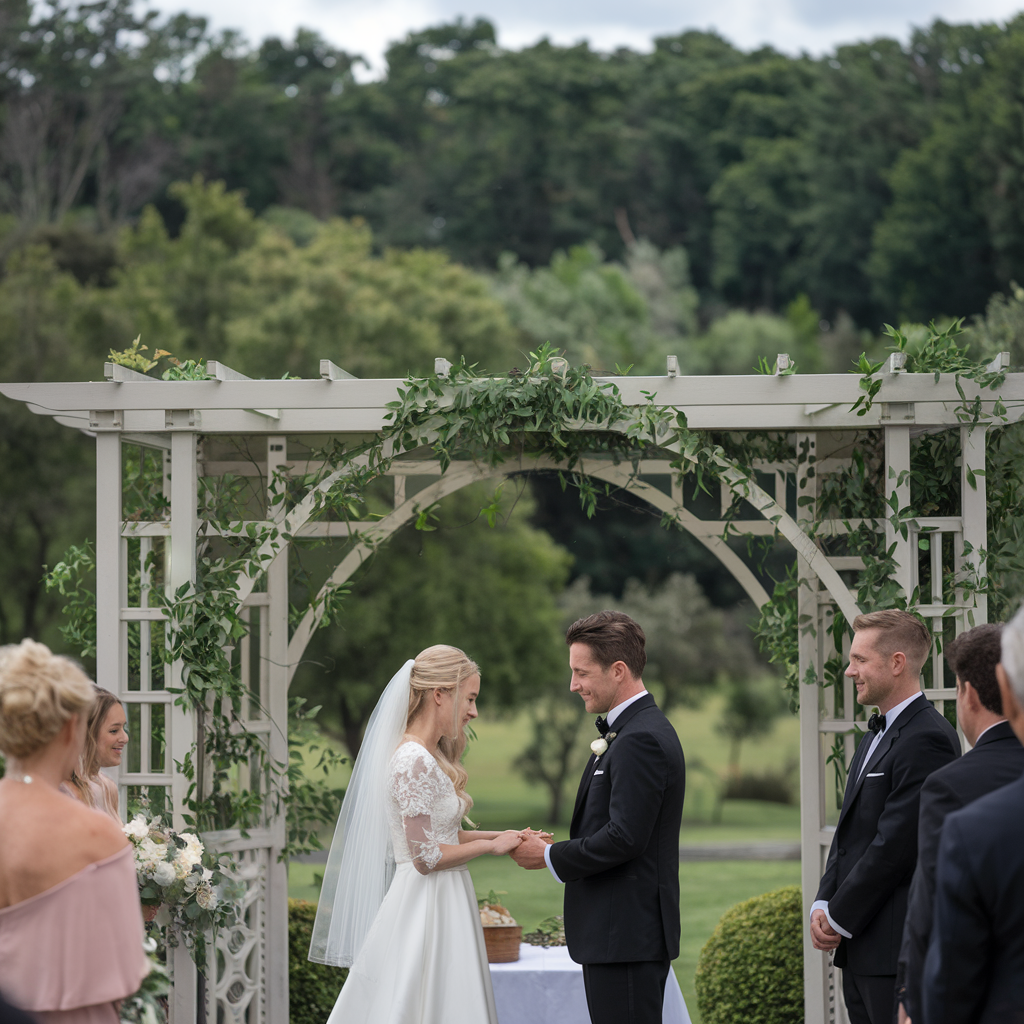
A wedding ceremony is an event to connect the universe and your partners.
You can use traditional vows or write your own if it feels daunting to write your own. Think of all the things you love about your partner and what you promise you have as their spouse. Keep them around 1-2 minutes long.
Most couples say that it was the most special part of their day. If speaking in front of everyone sounds too daunting for you then you can always read your vows from cards – there’s no need to memorize them.
Exchange of rings

The ring exchange follows the vows. The officiant often says that the circle of the ring stands for never-ending love. The couple will then take turns putting a ring on the other person’s finger.
The ring bearer brings the rings or the best man and maid of honor hold them until it’s time. One statement made is “With this ring, I thee wed” or “I give you this ring as a symbol of my love.”
Pronouncement of marriage
This is the official “I now pronounce you husband and wife” moment. Once the officiant says “I now pronounce you husband and wife” or “I now pronounce you married” – the unforgettable “You may now kiss” comes next.
This kiss is the first moment as a married couple. It’s a brief part of the ceremony but one of the liveliest ones.
Recessional

The recessional is the processional in reverse. It signals the end of the ceremony and the beginning of the party.
After you and your partner walk down the aisle – the wedding party follows behind you.
For this stage it is important to pick an up-tempo and happy song. A lot of couples opt for music that showcases their fun personality.
Guests may be throwing flower petals, blowing bubbles, and waving ribbons as the couples walk by. This ceremony leads into the receiving line or cocktail hour depending on the planned things.
Personalizing the Ceremony
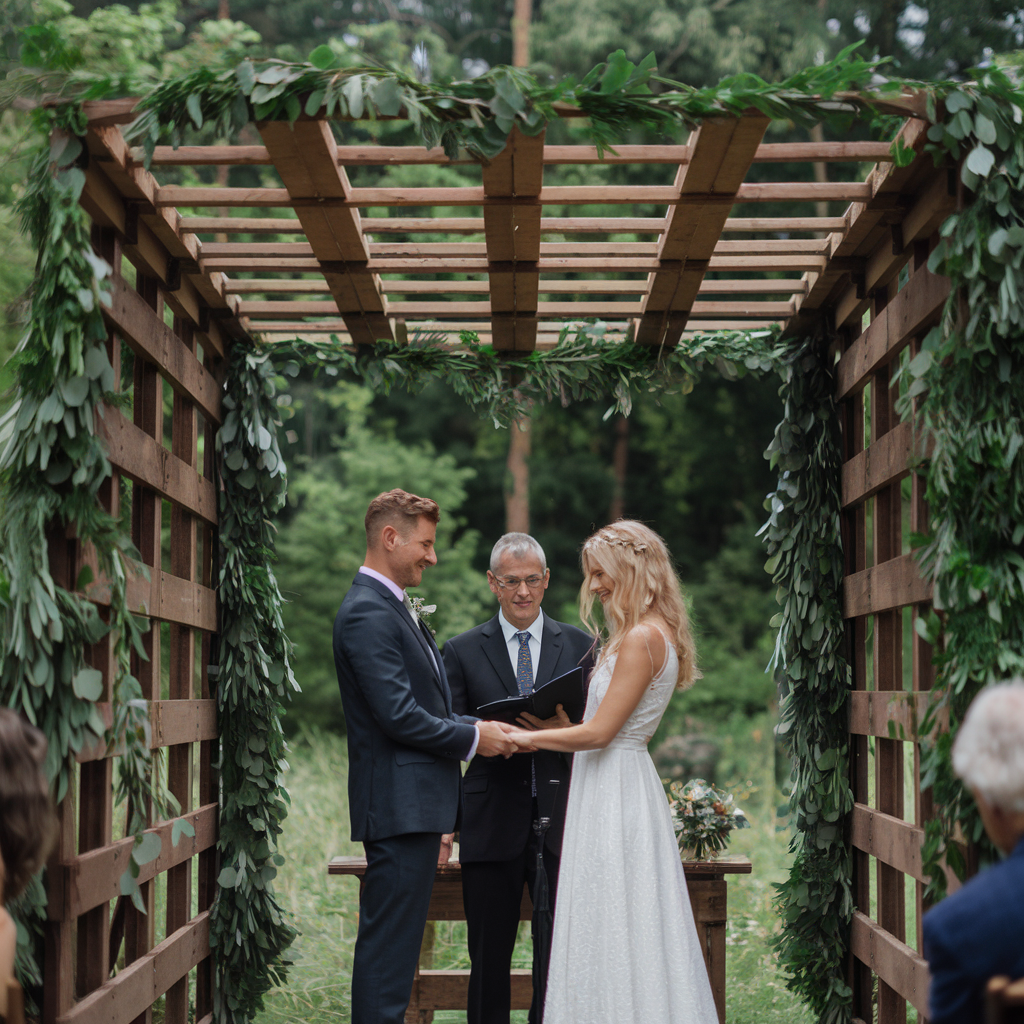
Your wedding should feel like you and your partner; not some cookie-cutter affair. Some couples even left most traditions behind to create an event that felt like them as a couple.
Incorporating personal stories and elements
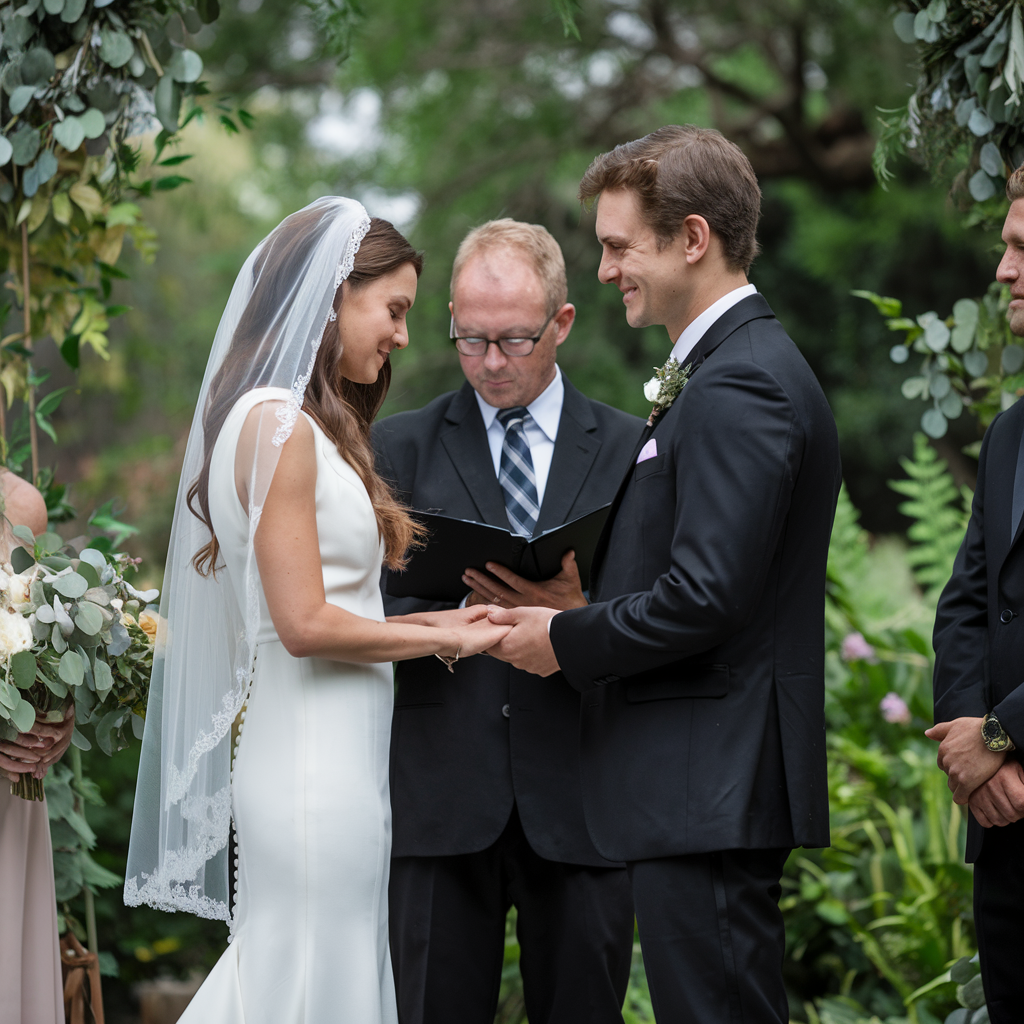
The couple’s love story matters. So let your officiant talk about how you met or why you fell in love.
You can also add special objects to your ceremony. Some of these ideas are:
- Display family photos.
- Add a unique family heirloom.
- Add a ritual that resonates with you.
- Remember your late family members.
According to wedding planner Jamie Chang: “When you put personal things in the ceremony, it makes the guests feel they are part of the story rather than just away from it.”
Choosing meaningful readings and music
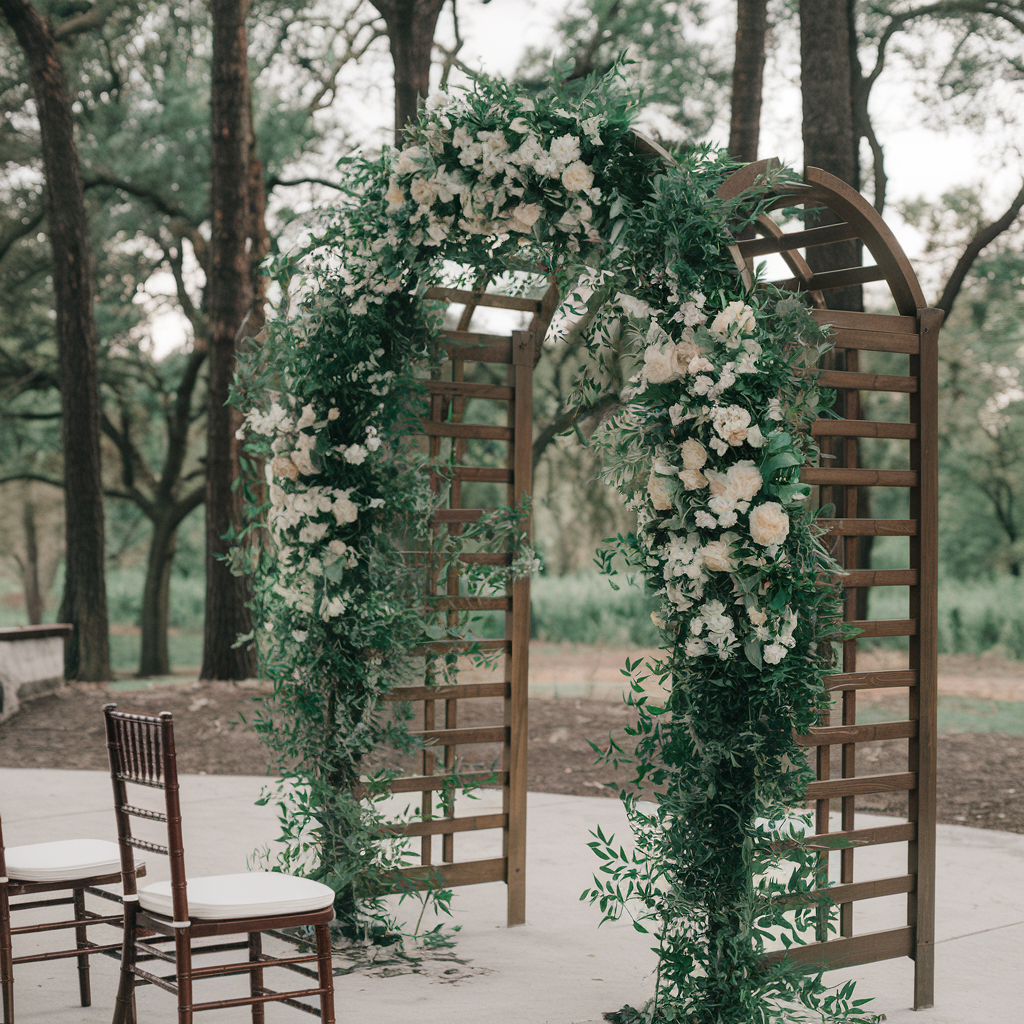
Pick words and songs that move you and skip the common readings if they don’t feel right. Don’t overthink it – a song that played on your first date makes more sense than one you don’t connect with.
Think beyond the usual suspects and try these instead:
- A passage from a favorite book.
- A line from a song you both love
- A verse that very much holds a connection to you both.
- A letter exchanged between the couple
Writing personalized vows
Your vows may be the most personal part of your wedding so don’t panic writing them. Ask the first question: “What do I promise my partner?”
Some tips for writing vows are:
- Speak from the heart.
- Keep them brief (10 to 15 lines).
- Make sure to incorporate funny moments.
- Jot down what you would say on the day not what you think vows should sound like.
- Remember to practice saying your vows out loud before the wedding.
Cultural and Religious Variations
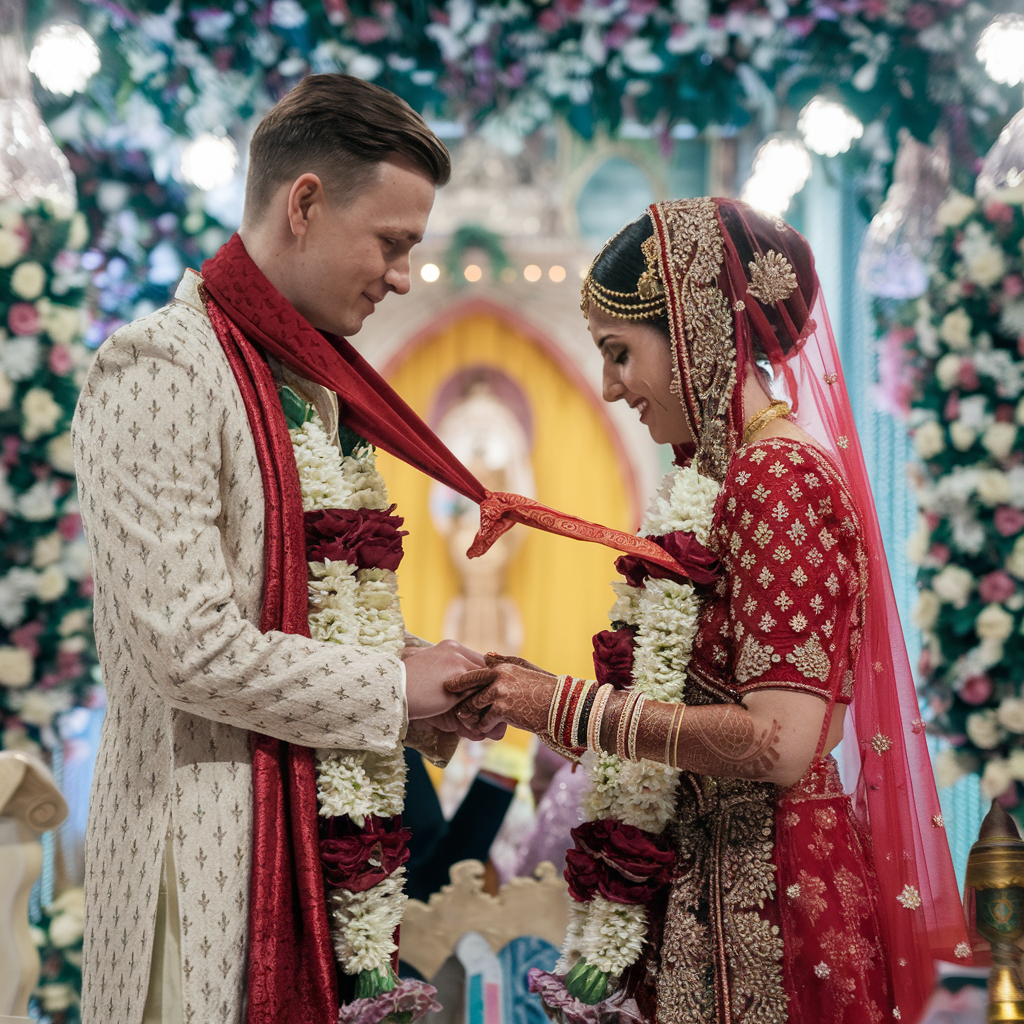
Weddings look different across cultures.
What happens at a wedding ceremony depends on beliefs, family, and local customs. Each tradition brings its own beauty to the big day.
Christian Wedding Traditions
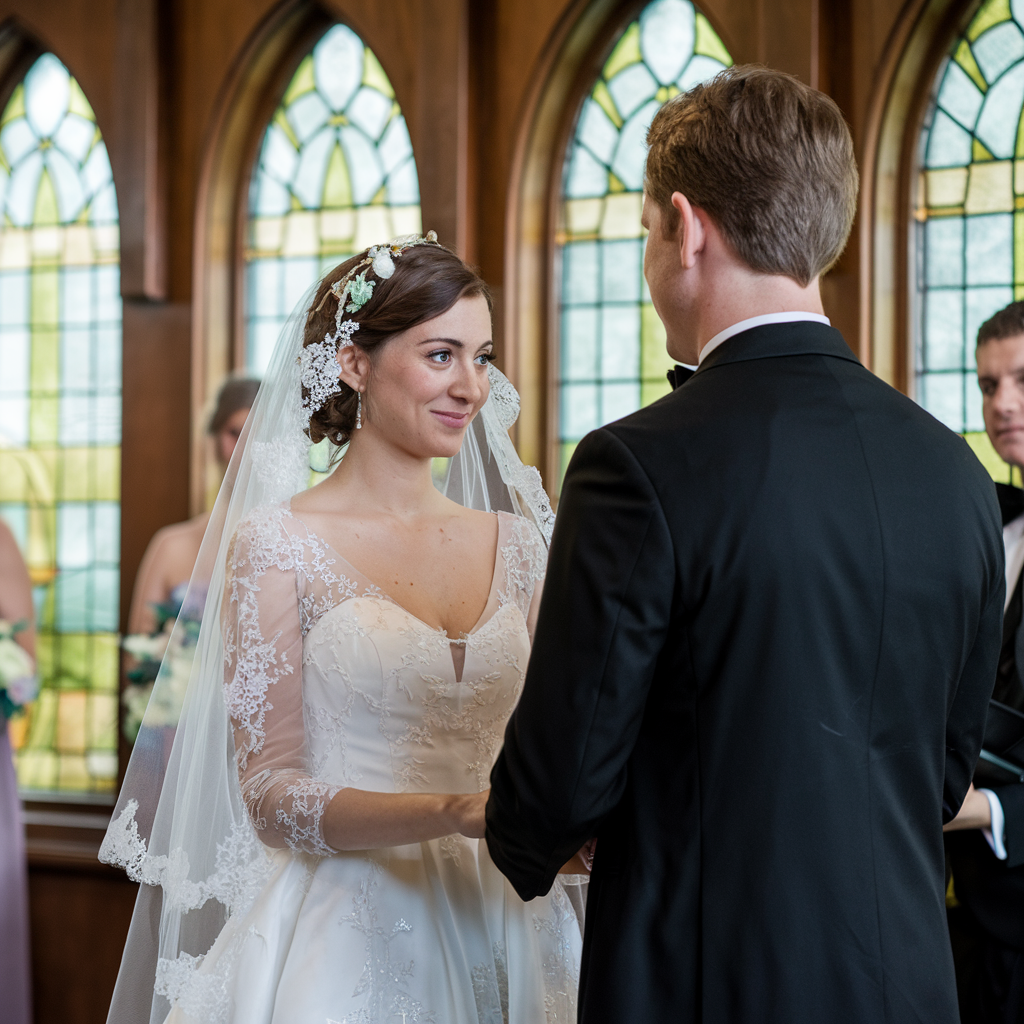
Christian weddings often happen in churches – but not always. Many couples now pick other places but the basic parts stay the same.
There’s usually music, readings, vows, rings, and a kiss. The officiant says “I now pronounce you husband and wife.”
Catholic weddings include mass with communion. Protestant weddings might be shorter. Some Christian couples light a unity candle to show two lives becoming one while some read the whole readings of Corinthians on being patient and kind.
Jewish Wedding Customs
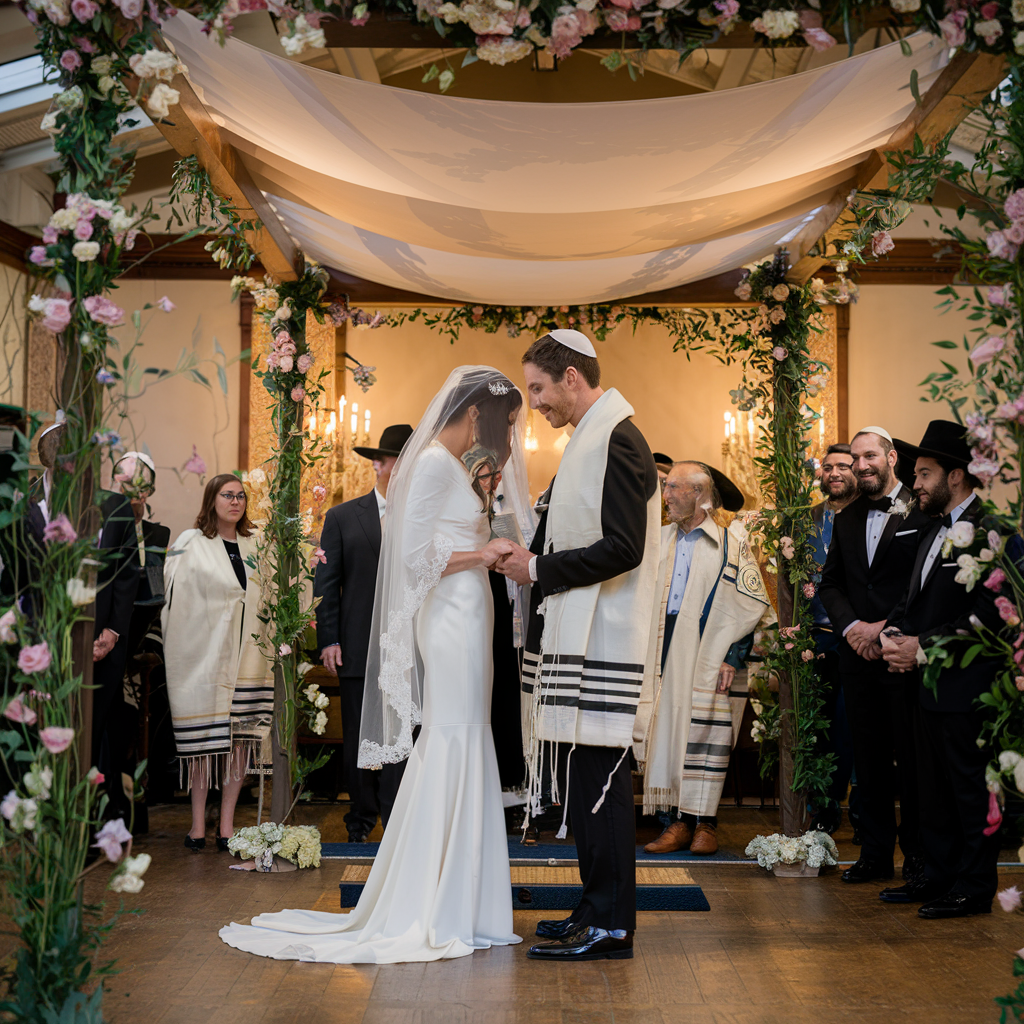
Jewish weddings center on the ketubah and chuppah. The ketubah is a marriage contract while the chuppah is a canopy the couple stands under to represent their new home together.
The groom breaks a glass at the end to remind everyone that joy contains some sorrow. Guests will then yell “Mazel tov!” when it happens to signify good fortune. The post-ceremony fun is dancing the hora dance.
Hindu Wedding Rituals
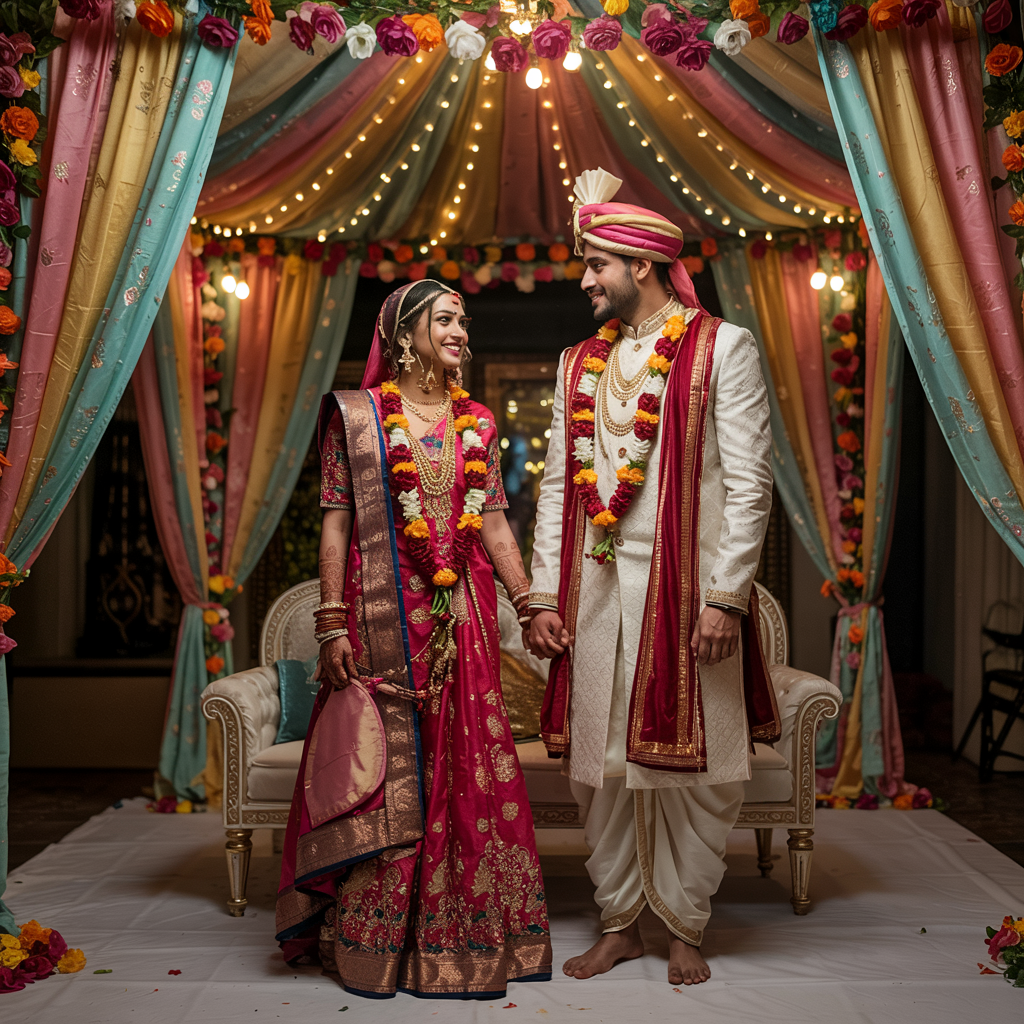
Hindu weddings burst with color and meaning that lasts several days. The central ceremony takes place beneath a mandap—a decorated canopy. The couple circles a sacred fire seven times. Each circle called a “phera” represents a promise.
Other key parts include:
- Mehndi (henna designs)
- Ganesh puja (prayer)
- Giving the bride to the groom.
- Mangalsutra (wedding necklace)
Interfaith and Non-denominational Ceremonies
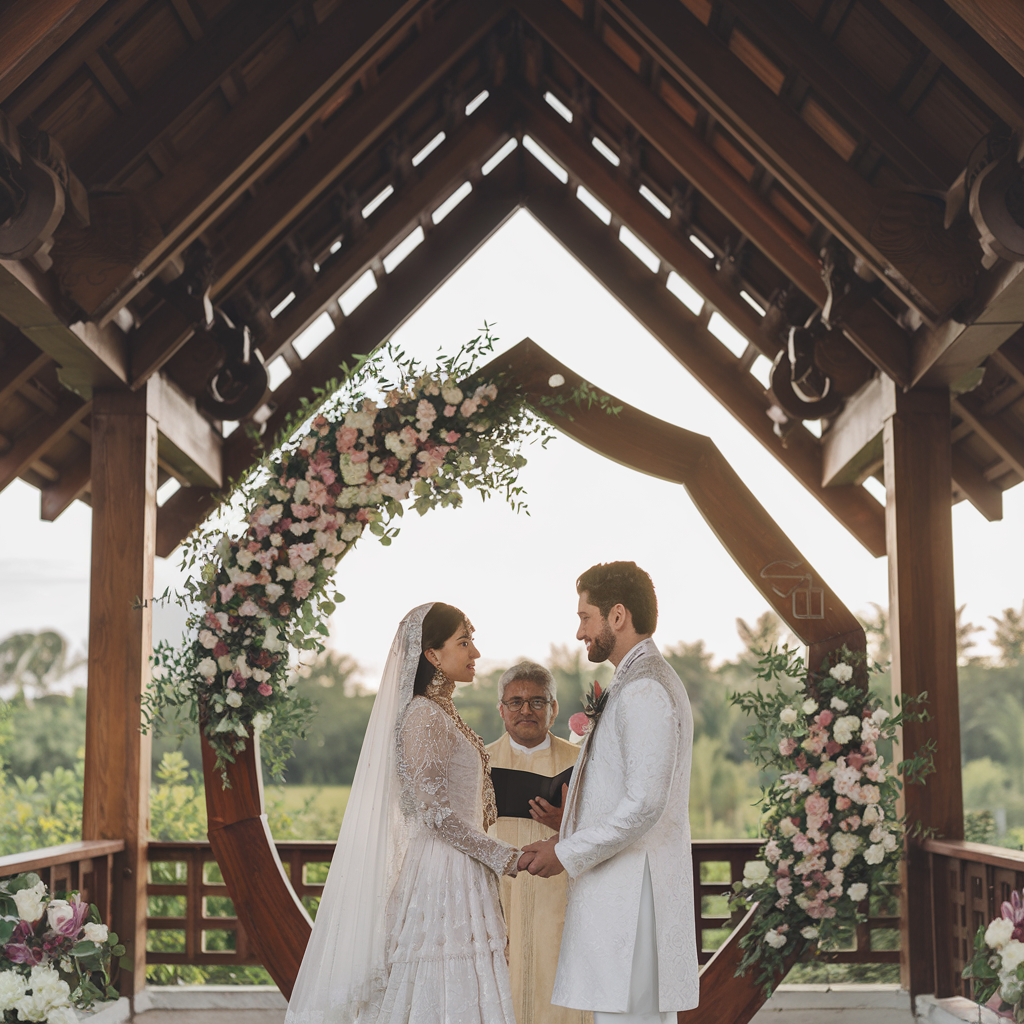
More couples now come from different faiths – so they may not follow any religion. This creates beautifully blended ceremonies that mix and match traditions.
Some couples incorporate rituals from both backgrounds while others create brand new ones such as:
- Readings from various texts
- Sand pouring or handfasting ritual
- Personal vows
- Cultural music or dress
Logistics and Planning
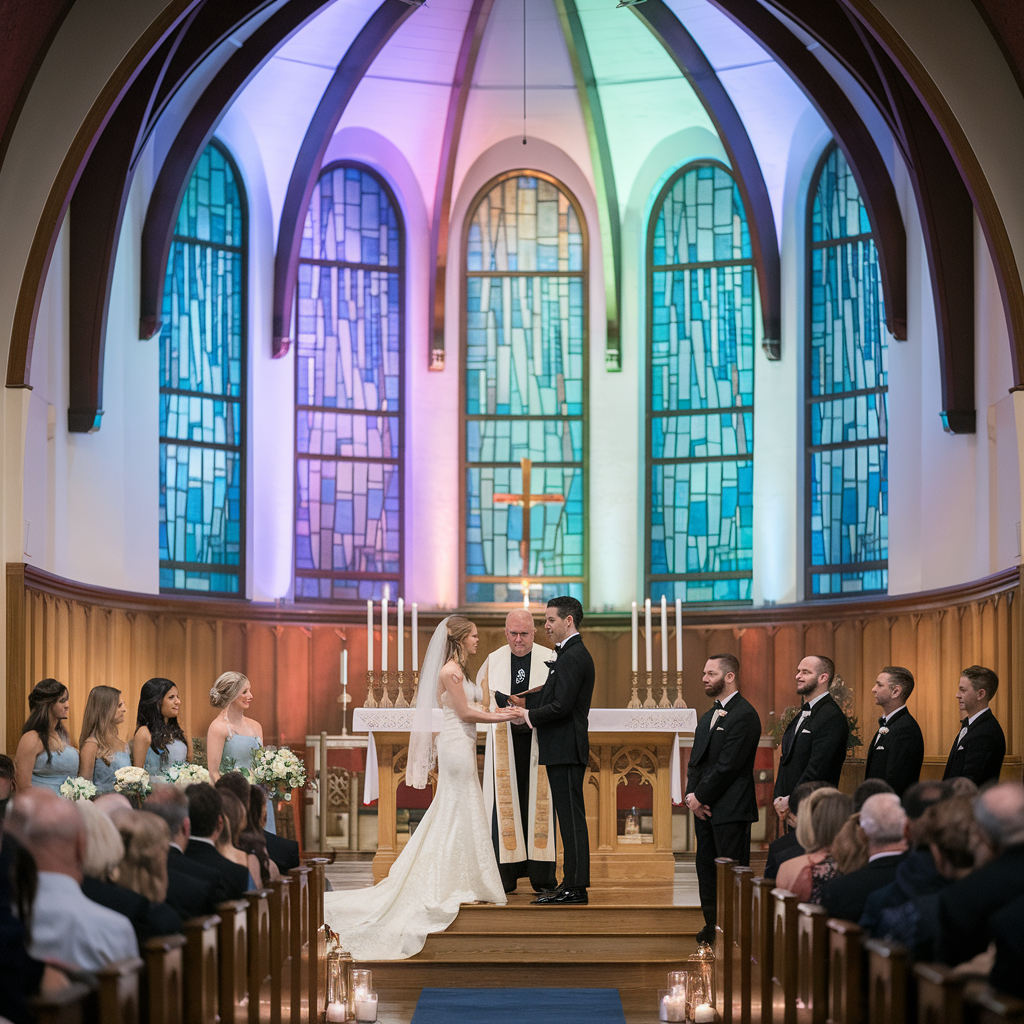
Planning a wedding takes time and it needs to go through the important elements of the ceremony that play a role in the wedding.
Selecting the officiant
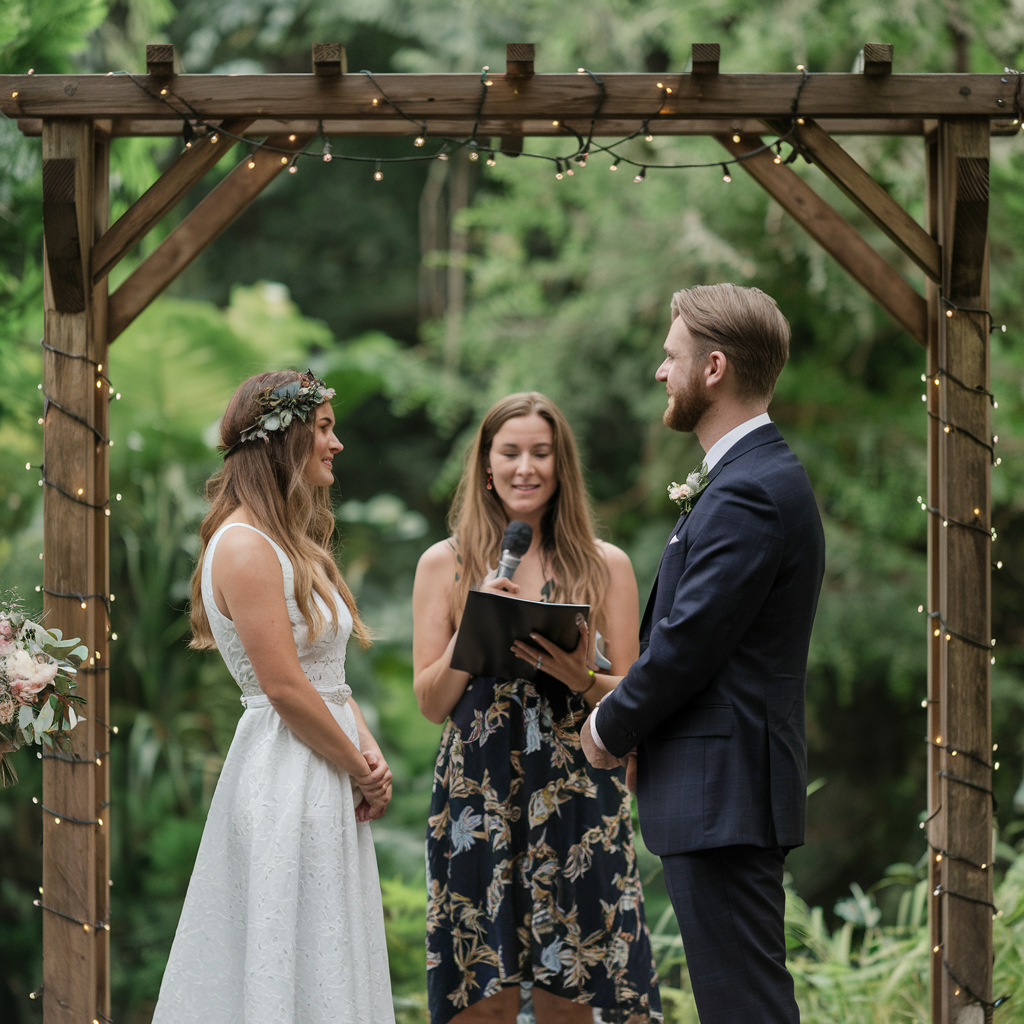
The officiant leads the ceremony. So pick someone who gets you both – like e a friend, family member, or a professional.
Ask early – good ones book up fast. Meet them before you decide and talk about what you want in your ceremony. Make sure you click with them too.
Rehearsal planning
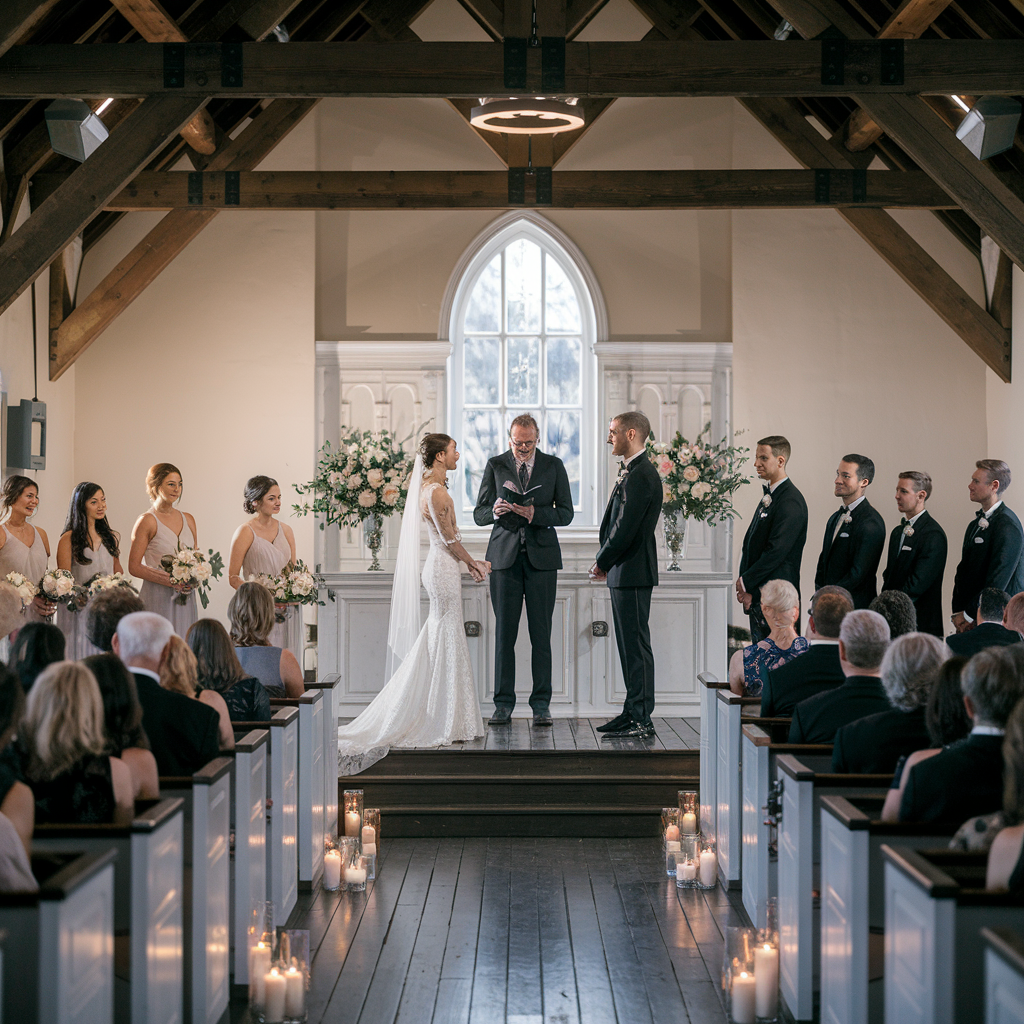
Rehearsals help everyone know what to do. And planning days before the wedding ensures all key people can come. This includes the wedding party provider, parents, bridesmaids or groomsmen, and the officiant.
Keep it simple and walk through the locations of where people are supposed to be standing when they should walk, and when they take action. Time it – most run about an hour.
Coordinating with vendors and venues
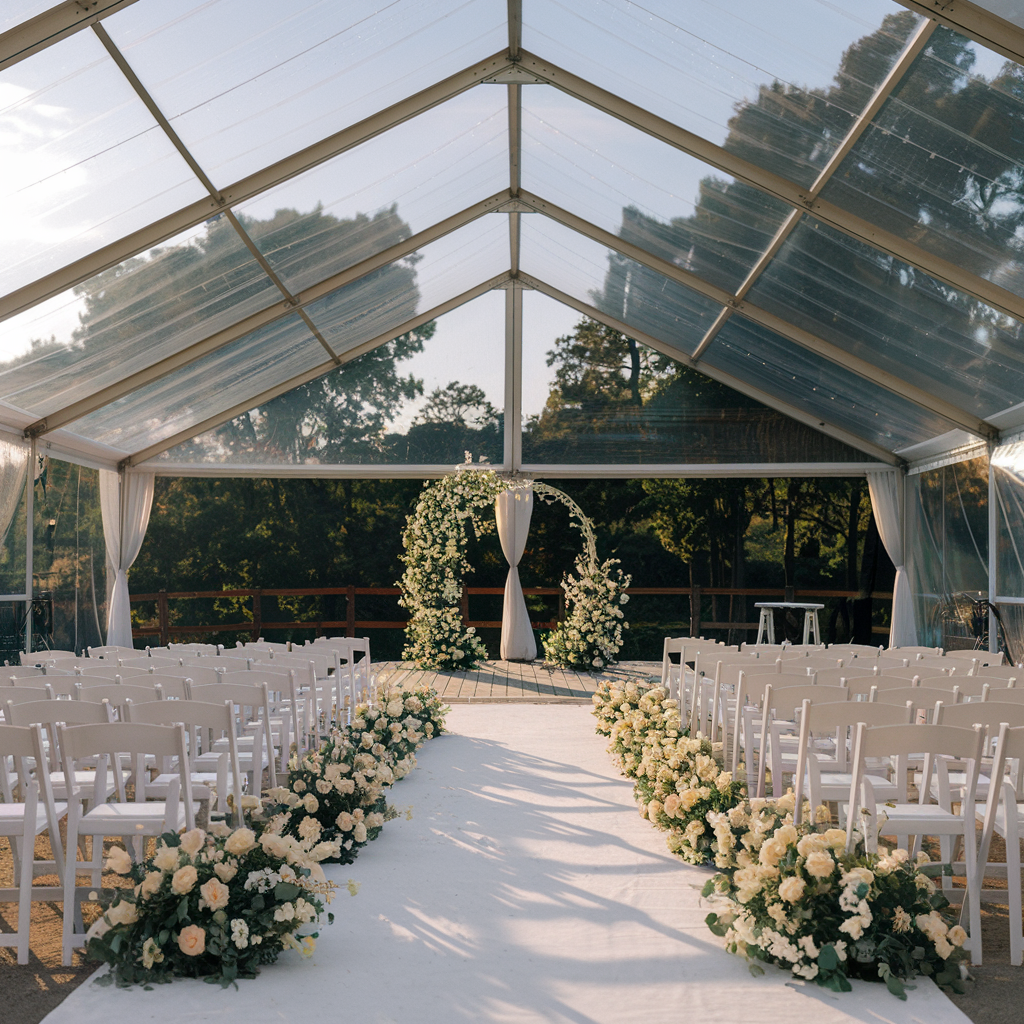
Vendors need to work together so make a list of who’s doing what for the ceremony. This includes the following people:
- Venue staff
- Florist
- Musicians or DJs
- Photographer and videographer
Share your timeline with everyone and tell them when to arrive and set up. Make sure they know who to talk to if they have questions.
Pick one person to be your point person on the day – this could be a planner, a friend, or a family member who would help solve problems.
Frequently Asked Questions (FAQ)
How do different cultures handle the ring exchange?
Each culture has unique ring traditions.
”What
How can couples incorporate meaningful prayers into their ceremony?
.
What is a ketubah and how is it used in weddings?
.
What is a mahr in Islamic wedding ceremonies?
How do I plan a sand ceremony as part of our wedding?
What's the proper timeline for the wedding ceremony processional?
What are some unique alternatives to walking down the aisle?
How do I incorporate a breaking glass ritual if I'm curious about Jewish traditions?
What should I do if I'm in a cold sweat about forgetting my vows?

I am an award-winning author who has deep insights into the world of dating & relationships. I have won several awards including Andromeda Magazine – Fantasy Short Fiction Story award amongst several other awards and writing achievements.